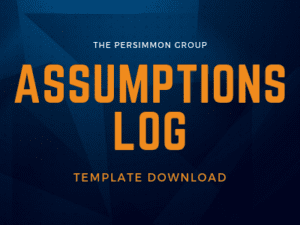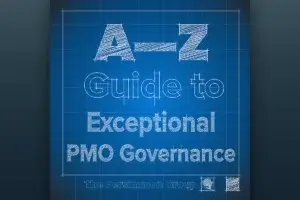
Assumption tracking is critical because it helps to validate them into facts. Be mindful of potential issues caused by wrong assumptions, and review after the project in a “lessons learned” activity. Ideally, assumptions are validated throughout the course of the project to determine if they were accurate. When they can’t be confirmed, it’s important to be mindful that some of the information used to make a decision may be incorrect.
When collecting and tracking assumptions, some of the valuable information includes:
Assumption ID: The unique identifier that is assigned to each assumption.
Category: The category into which the assumption falls. These should be defined at the project level and could be by functional area or project phase.
Assumption: A description of the assumption made.
Confidence: A numerical ranking that represents how confident the team is in the assumption. This will be used (along with severity) to score the assumption:
- Nearly a fact
- Probably true
- More than likely, not true
- Guess (uncertain)
Severity: A numerical ranking of the impact the assumption will have on the project if it’s incorrect. This will be used (along with confidence) to score the assumption:
- Little-to-no impact
- Marginal
- Significant (may require contract revision)
- Catastrophic (failure likely)
Assumption Score: The confidence level and severity multiplied to provide an overall score. The higher the score, the more attention the assumption will need.
Assumption Owner: The person responsible for validating the assumption.
Due Date: The date by which the assumption should be validated and resolved.
Updates: Any new information about the assumption that could change it or modify the confidence level or impact.
For more information about maintaining a project log, see the Master Project Log that also includes logs for Change Requests, Action Items, Issues, and Risks.
Click here for your free template download.









